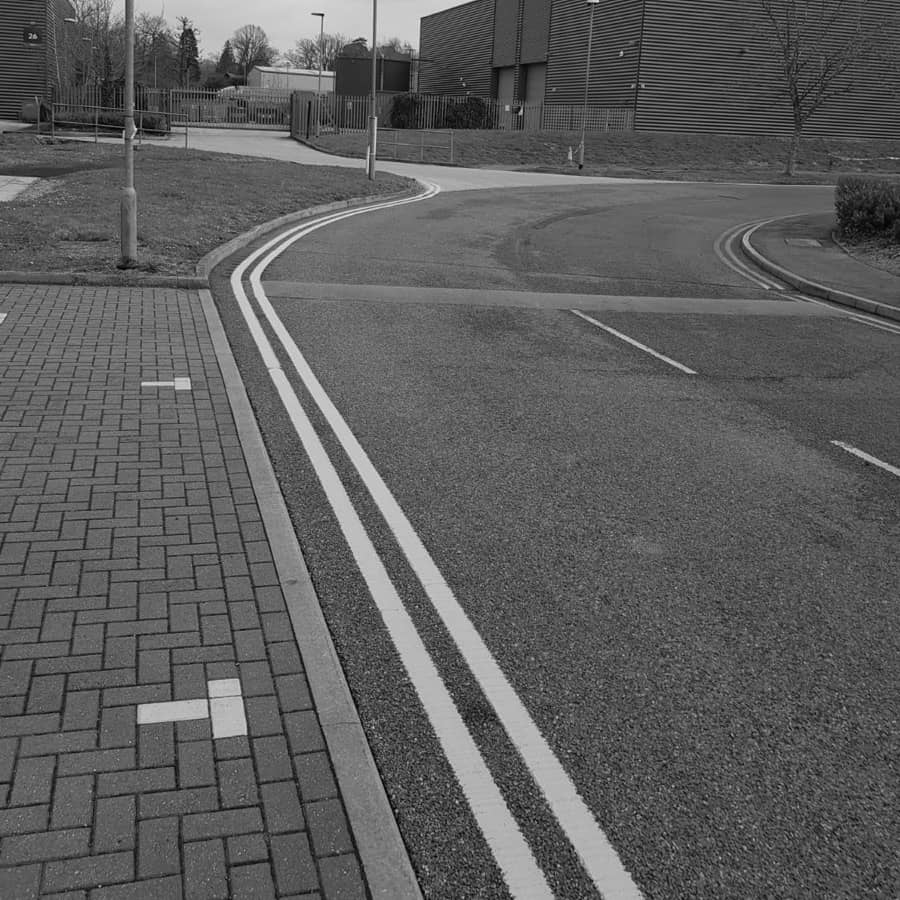What are Red Routes?
First introduced in London in 1991, Red Routes are red lines painted along the side of the road to prevent motorists from stopping or unloading – sounds straightforward, but there are certain conditions, which we’ll explain further on.
Since their introduction, Red Routes, or similar road marking systems, can now be found in many other parts of the UK, including Leeds, the West Midlands and Edinburgh, on major bus, and commuting routes.
Why do we need Red Routes?
According to a document drafted by the Traffic Director of London in 1998, some of the key reasons for installing Red Routes were:
To facilitate the movement of people and goods in London – reliably and safely, and with minimum overall environmental impact
To improve conditions for cyclists and contribute to the National Cycling Strategy
To provide priority for buses to achieve their efficient movement
To provide better conditions for people with disabilities
To improve the local environment and reduce the impact of congestion
To contribute to London’s targets for reduced traffic accidents and road vehicle emissions
Whether or not Red Routes have achieved its goal might be up for debate, but they’re here to stay, and if you’re a motorist it is worth getting a better understanding of them to help avoid a dreaded PCN (Penalty Charge Notice).
How Red Routes work
According to the Transport for London website, Red Routes work by keeping traffic moving safely by preventing vehicles from stopping or parking at locations where it could be dangerous or disruptive to traffic flow. Fair enough, but to help you get a better understanding of exactly how Red Routes work, we’ve put together a brief list of the main road marking elements of the Red Route system, including the hard and fast rules that accompany them.
Double Red Lines
You cannot stop at any time on double red lines. These lines are in force 24/7 365 days a year and don’t even need time-plate signage. But, there are exemptions... If you’re a taxi, PHV (Private Hire) driver or blue badge holder, you’re able to stop to pick up or drop off passengers, but must move on as soon as you’ve done so.
Single Red Lines
You can stop on single red lines at certain times of the day, but make sure to read the time-plate sign carefully before stopping or parking. And, if you do stop or park for longer than the sign states, you will be liable for a fine, which could be implemented by a parking officer on the road, or via CCTV footage.
Bus Stops
Bus stops along Red Routes for normal buses or coaches etc., will often have an extra wide red line, which no vehicle, except permitted buses or coaches can stop on.
Red Route Dispensations
Although the theory behind Red Routes is fine, in reality, there are times when vehicles that aren’t taxis or blue badge holders need to stop on these routes, and this is where the dispensation scheme comes into play.
If you need to move house or make a big delivery etc., you can apply for a Red Route dispensation, which is a way to pay to park in a restricted area for enough time to carry out the intended task.
How do I apply for a Red Route dispensation?
To apply for a Red Route dispensation, it’s advised to apply as soon as possible by calling TFL on the number on their website, and providing them with the following information:
The date and time you need for the dispensation
The reason for the dispensation
The location you need to park
The Red Route controls in place
Your contact details (including your email address)
A description of your vehicle
And bear in mind, processing your application for a Red Route dispensation can take up to 6 days, including the day TFL receive your application. Find out more at www.tfl.gov.uk
Line marking specialists
City Road Markings is one of the UK's leading line marking specialists, installing high-quality line markings for public and private roads, car parks, warehouses, and playgrounds.
